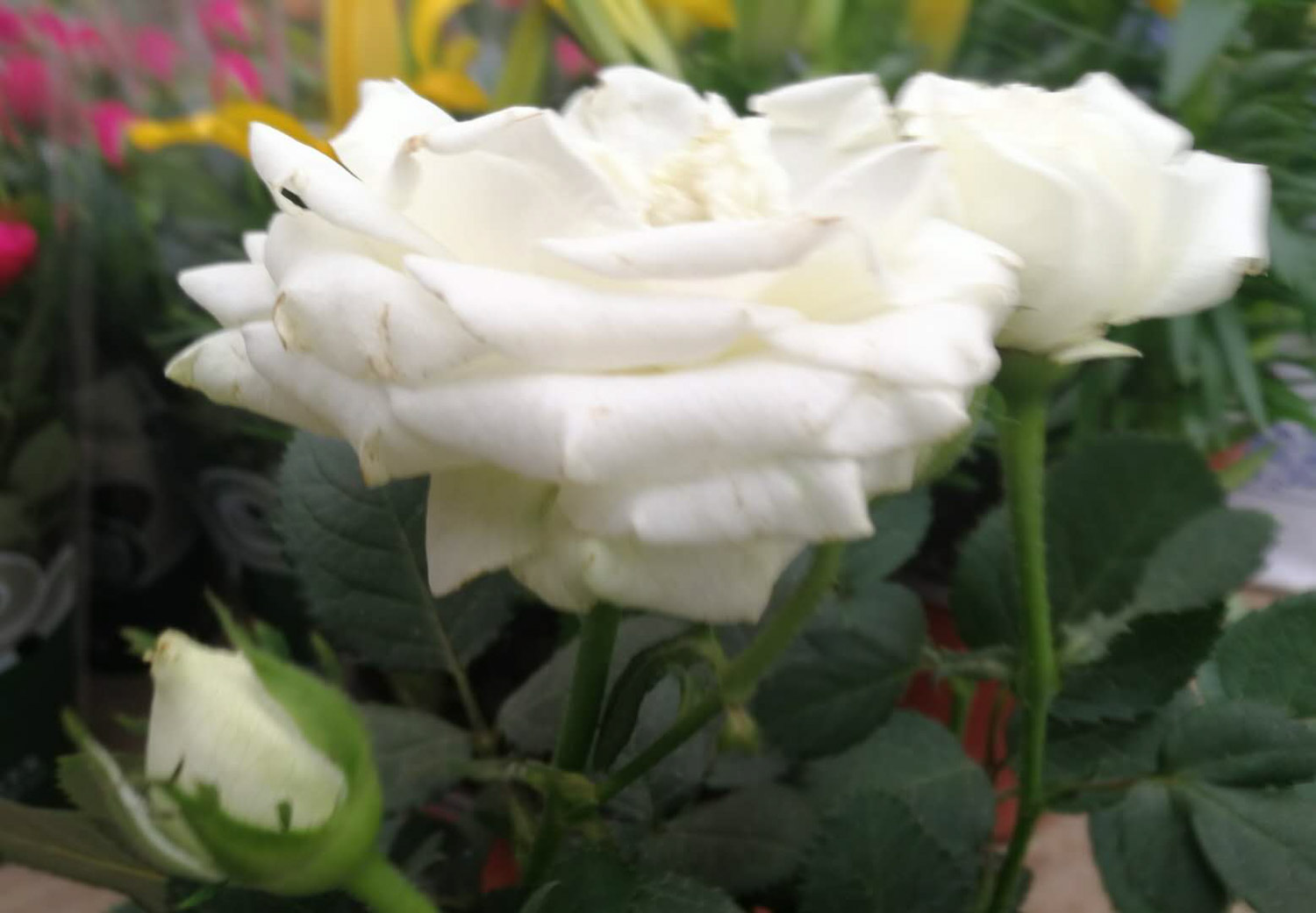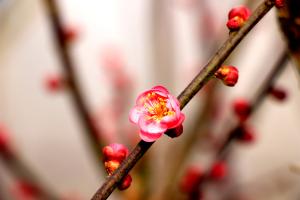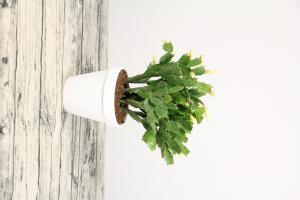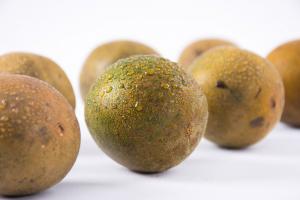1、 Dormancy pruning
the pruning of rose flowers is a relatively rigorous work, which is divided into two modes, one is pruning in the dormant period after defoliation, and the other is pruning in the growing season during the growing period. During the dormancy period after falling leaves, the pruning is to retain two to four buds of the current year's branches, and all the rest should be cut off, which requires moderate heavy pruning. Rose flowers are bred in new buds in spring, so we cut them more heavily. Strong branches germinate in the second year, and better flowers will bloom in spring. If the pruning is not timely or insufficient in winter, the branches germinated in the second spring will be weak, resulting in weak flowers
2、 Pruning during growth
For pruning during the growth period, prune the branches that are too dense and affect the ventilation, or prune the branches with more serious diseases and pests
In addition, another important thing is to prune the residual flowers. Generally speaking, it is necessary to prune the first five leaflets when the flower head of the residual flowers of rose looks down, because it is a compound leaf. A leaf is composed of several leaflets. Only the leaves that constitute more than five leaflets can become a complete leaf, and the leaf bud of this leaf can be a strong bud, So when pruning, we should trim down from the first leaf with five leaflets, about 1 cm to 1.5 cm high from the second leaf

Don't lean the pruning notch against the leaf, because it will retract from the wound after pruning. If it dries down too close, the buds under the pruning notch will be injured and the growth of new branches will be affected. In this way, after pruning, the buds under the pruning notch will germinate under stimulation, and the new branches will open new flowers. The pruning of rose requires the cooperation of these two pruning methods to grow strong and flourish


 jackfruit
jackfruit snake plant
snake plant hibiscus
hibiscus hydrangea
hydrangea lavender
lavender Green roses climb al...
Green roses climb al... If you don't pay att...
If you don't pay att... Management of four g...
Management of four g...


































